Greece achieves distinction in the rapidly emerging field of quantum communications, with two highly ranked European proposals that highlight its strategic position in the implementation of the pan-European EuroQCI Quantum Communication initiative.
The SEEWQCI and TransEuroOGS proposals, in which Greek organisations participate actively under the guidance of the Ministry of Digital Governance and the General Secretariat of Telecommunications and Posts, and coordinated by the National Infrastructures for Research and Technology (GRNET S.A.), received top scores of 24/25 and 23/25 respectively from independent evaluators.
These results confirm both the technological maturity and strategic significance of Greece’s involvement. The Greek proposal SEEWQCI ranks among the top projects approved by the European Commission, based on its high evaluation score, out of 24 proposals submitted in the specific European competition.
SEEWQCI: A Quantum Bridge from South-East to Western Europe
The SEEWQCI project (South-East Europe to Western Europe Quantum Communication Infrastructure), coordinated by Greece, aims to interconnect the National Quantum Communication Infrastructures (NatQCIs) of Greece, Cyprus, Bulgaria and the Netherlands, creating a secure and scalable quantum corridor.
The project includes: 1.100 km of terrestrial quantum key distribution (QKD) network, and integration of 5 Optical Ground Stations (OGS) for quantum key distribution via space including Helmos (National Observatory of Athens), Skinakas (Foundation for Research and Technology – Hellas), Holomondas (Aristotle University of Thessaloniki), as well as OGS facilities in Cyprus and the Netherlands.
SEEWQCI excelled in all evaluation criteria and will implement more than 29 cross-border quantum links, leveraging the European EAGLE-1 satellite for secure QKD distribution in multiple configurations (terrestrial-to-terrestrial, space-to-space, hybrid). The total budget amounts to €17,8 million, with 50% co-funding from the CEF Digital programme.
TransEuroOGS: Interoperability of European Optical Ground Stations
The TransEuroOGS project, coordinated by Germany with the participation of Greece, Ireland and Luxembourg, focuses on the technical harmonisation and interoperability of European OGS, as well as their preparation for the EAGLE-1 and SAGA satellite missions. The project addresses critical parameters to develop a unified European standard for the OGS networks participating in EuroQCI. The total budget amounts to approximately €19 million, with 50% co-funding from CEF Digital.
HellasQCI: The National Quantum Infrastructure of Greece that Paved the Way
The common denominator and foundation of this success is the ongoing implementation of the HellasQCI project, which has been under development since 2023 and has positioned Greece firmly on the European quantum communications map. HellasQCI includes: 650 km of QKD network, 21 quantum communication nodes serving governmental, research, and academic institutions, as well as national security authorities, and 27 optical link connections (6 WAN and 21 MAN). It also integrates three Optical Ground Stations (OGSs) at Helmos, Skinakas, and Holomondas Observatories, and supports the deployment of post-quantum cryptography (PQC) technologies.
Greece at the Core of European Digital Sovereignty
The collaboration between public authorities, research institutions, universities and national security authorities has been decisive in shaping two technically mature and strategically significant projects, recognised by the EU as critical pillars of EuroQCI.
This double distinction is a tangible outcome of the strategic direction of the Ministry of Digital Governance and the comprehensive plan for the development of Greece’s quantum infrastructure ecosystem, enhancing the country’s technological sovereignty, international outreach, and geostrategic importance.
Looking ahead, Greece is evolving into a European hub of innovation and security in Quantum Communications.
Read the original Press Release published in the website of the Greek Ministry of Digital Governance here.

